NitroX
|
| (.700 member) |
| 19/04/25 06:07 AM |

|
|
|
A discussion on double rifle optics and sights.
Main relevancy for this discussion is for double rifles, but also a lot of relevancy for single shots, combinations, bolt actions and other firearms.
Sights such as V express sights, peep sights, dot reflex sights, other dot sights, scopes.
Some users will say a double rifle will propose only open sights are suitable for double rifles. But some wish to use scopes, other optics, red dot sights. And some shooters have aging eyesight and find open sights difficult to use. Reflex sights are sometimes an answer.
Balanše is a possible consideration. Appearance may be another.
Peep sights on a double rifle are fairly rare. Maybe another solution for some shooters?
Of relevance to double rifles is regulation of the barrels bullets points of impact. Relevant on a regulated double rifle is the sights it has been regulated for. Changing the rifles sights may affect regulation. If a double rifle has been regulated for its express sights, fitting a bulky big heavy scope may mean the double rifle no longer will regulate.
When ordering a bespoke double rifle, or having a gunmaker re-regulate an existing double rifle, adjusting the barrels, the gunmaker will have the client specify the chosen sights. Express sights, reflex sight, specific scope. It's used in the barrel regulation process. It's luck if other sights will work or not. Fiddling with reloaded ammunition may help.
Why do you choose your type of sights? On what sort of firearm? What are the advantages and disadvantages?
The most common and standard double rifle sight is the V and V express sights. Standing leaf and possibly additional leaves.
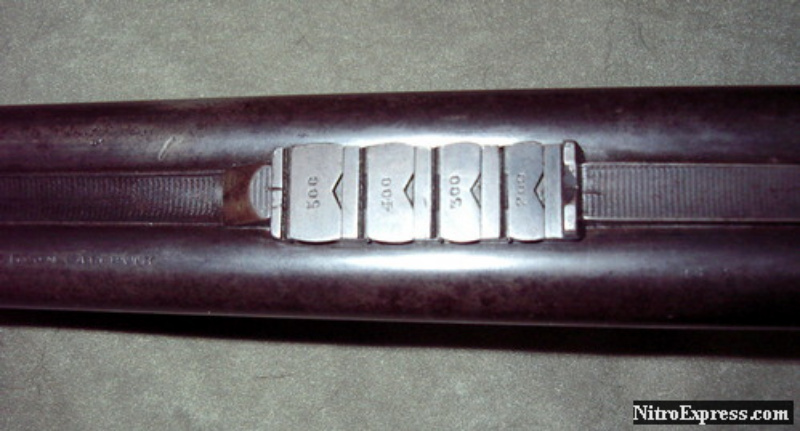
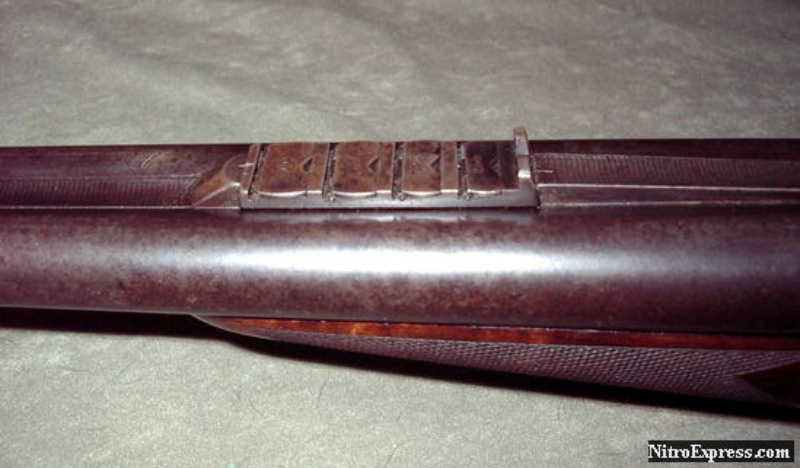
V Express sights on a W.J. Jeffery double rifle. The standard on most double rifles. These leaves are optimistically out to 500 yards on a .450 NE.
Reflex dot sights are often a choice. Small and lighter they may affect regulation to a lesser extent. Often a choice for those with failing eyesight. Astigmatism may be a factor for some, the dot circle becoming a non distinct star image. Reflex sights are 1x, non magnified. Allow a reasonably open target picture. Are considered by some to allow faster sighting.
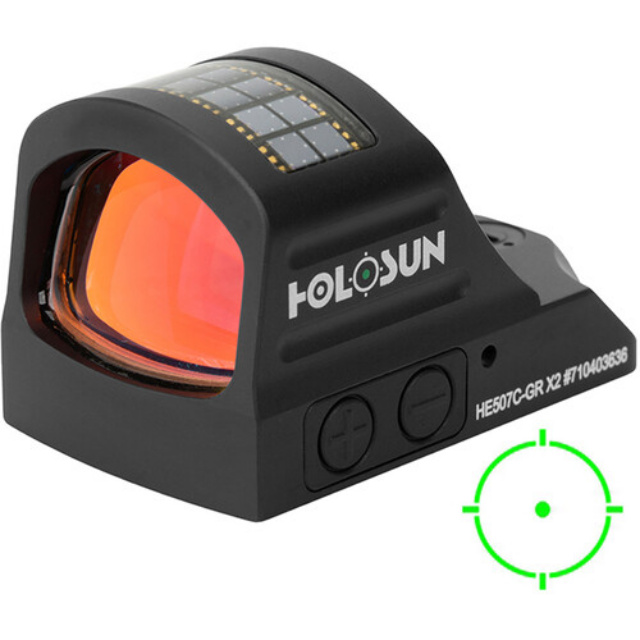
Holosun open reflex sight. Trijicon, Docter, Leopold, and others make similar.
Some shooters choose another type of red dot sight. Like a scope in appearance. It has a red dot, or maybe other types of illuminated dot or reticle. These sights are not magnified, 1x only.
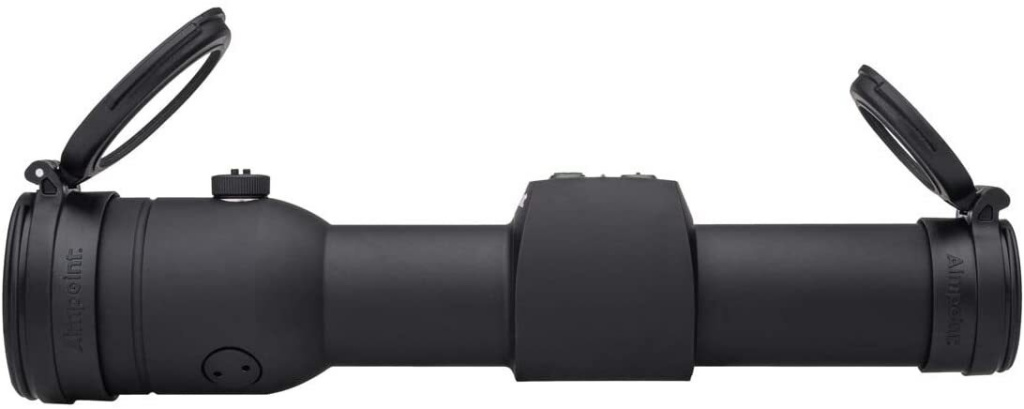
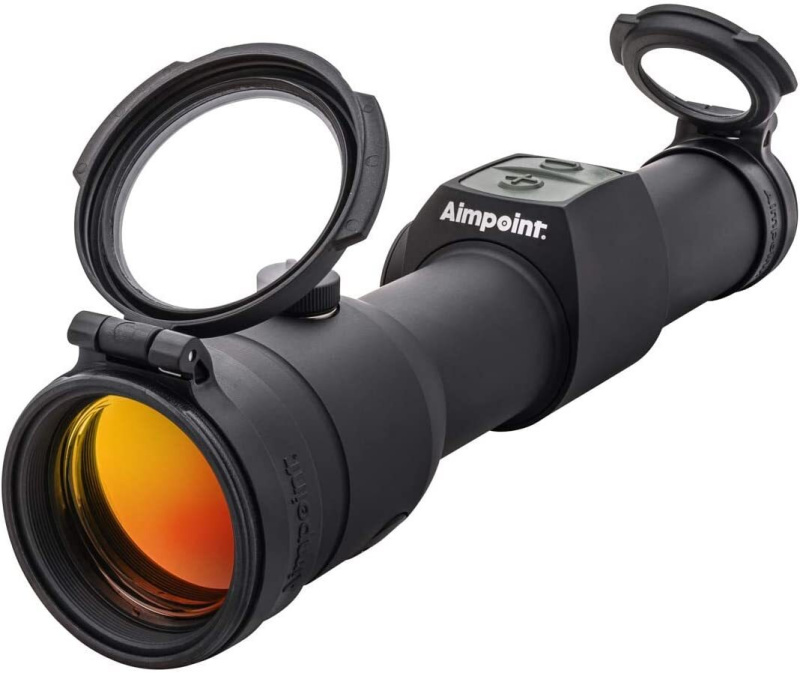
Aimpoint red dot sight, 1x no magnification.
Scopes are chosen by many double rifle owners as an alternative or addition to open sights.
Sometimes ridiculously bulky, looking out of place, possibly affecting the balance of a double rifle. They do allow lesser eyesight shooters to aim their rifles. And with magnification allow longer range shots, assuming regulation is not an issue.
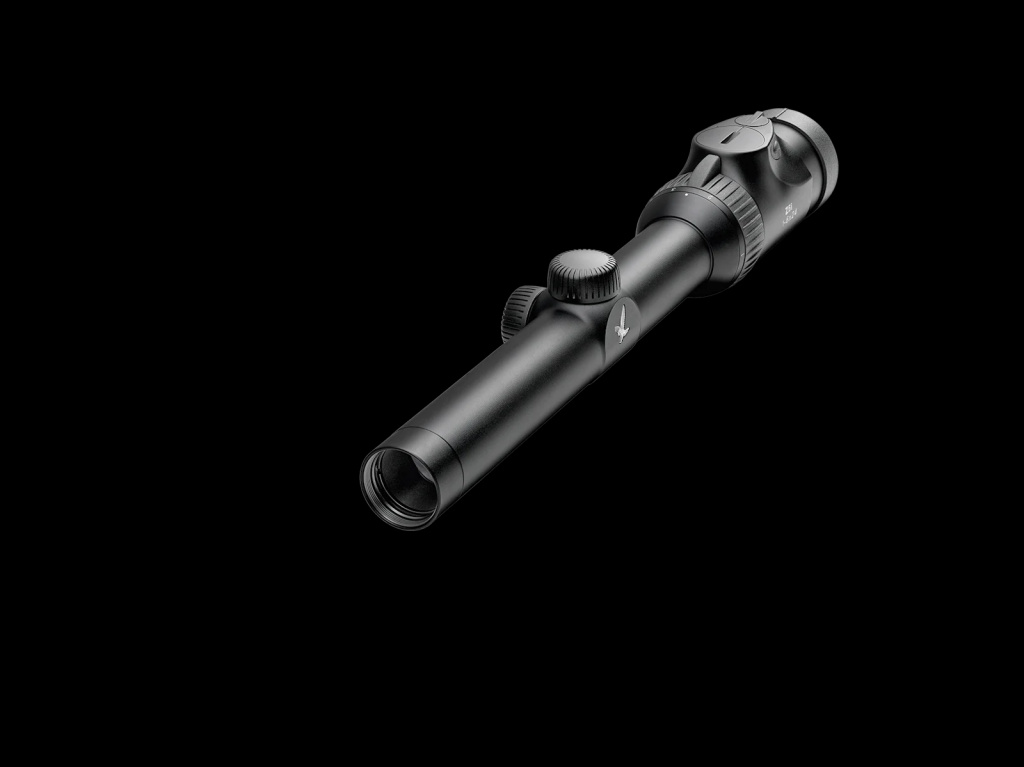
The Swarovski Z6i 1-6x24 illuminated scope.
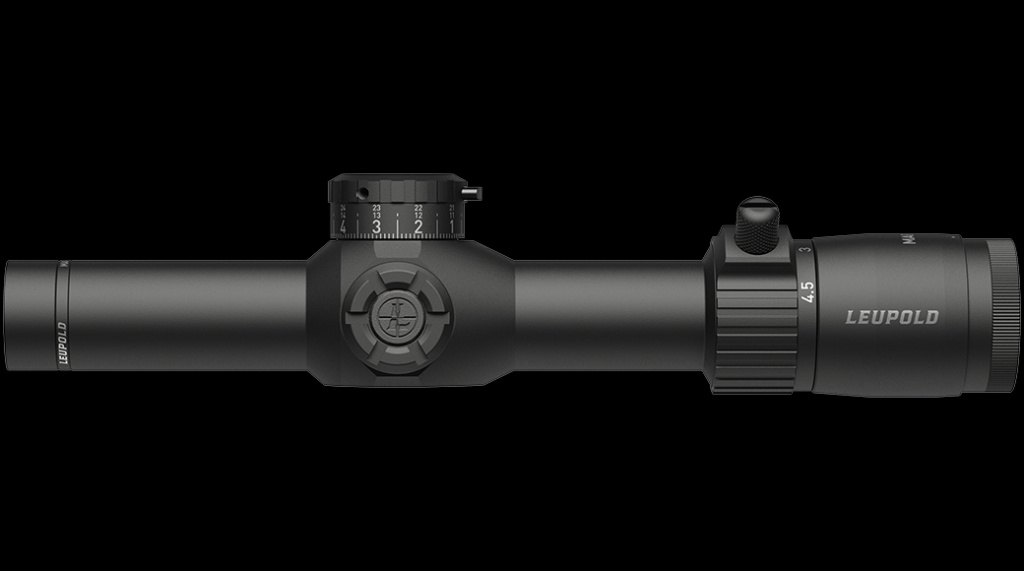
The Leupold 1-4.5x illuminated scope.
I have deliberately displayed two scopes with variable ranges beginning with a 1x magnification. With a higher but useful upper variable magnification. In this instance 4.5x and 6x.
Tubes of 30 mm and 35 mm on modern scopes are adding to their bulk,
***
My thoughts in addition to the above comments.
The standard for double rifles is a good wide open V rear sight. Perhaps with additional leaves, on an express sight. Even if we rarely use the extra leaves, they're nice to have on a quality rifle.
V sights can work very well on closer range shots. As range increases they become more difficult to sight with accurately. In pre scope times, we used to shoot with them far better than now when we've been spoiled by scopes.
Open metal sights are the most reliable, It takes much more to knock them out of alignment, comparent to optics. No battery needed either.
Peep ring sights are used on some DRs. They MAY avoid some V sight issues. I don't have any experience with DR peep sights.
Older shooters with lessening eyesight may find it difficult to use their vintage rifles equipped with open V sights. A way to continue using their vintage sights might be to fit a red dot reflex sight. As has been discussed before, vintage DR owners might refit a new express sight grooved to fit a reflex sight. Keeping the original to maintain authenticity in case the vintage rifle is sold.
Modern DRs don't have this problem, vintage authenticity, and might be already so setup.
It is also easier for shooters in the scope age to use reflex dot sights than V sights.
The reflex red dot sight may be faster to use than a V sight, the sight being in one plane, not two, plus the target. They also allow an open sight picture of the target.
The reflex sight does not have magnification.
I find, say a 2 MOA dot, rather small for quick sight acquisition, But larger dots, 2x plus MOA does not improve medium and longer range accuracy.
Being lighter and smaller a reflex sight might not affect existing regulation or as much.
These reflex sights are mostly used on handguns nowadays. Plus often on AR type rifles. Closer range, lesser accurate shooting but faster sight acquisition. Similar to a dangerous game stopping double rifle. Close range, fast shooting, fine accuracy of lesser importance.
One rarely sees open reflex sights on other rifles. Unless it's attached as a supplementary sight on a scope. Few choose to mount an open reflex sight on their .30-06 or .375.
Some shooters may choose a tube red dot sight like the aimpoint pictured, No magnification, 1x only. Personally I don't see their purpose. A variable illuminated scope with a 1x lower range does much the same. But has a zoom magnification advantage,
Scopes. For me a 1x lower magnification is essential. A 4x or 6x upper magnification allows finer shooting at longer ranges. Or on smaller targets. The 1x with both eyes open, allows quick shooting. Close range and in thick country. Yes express sights are the standard. Zooming the magnification extends the useful range.
For a combination rifle such as my 12g/.223, shooting rabbits, hares, head shooting foxes, a 1x is hopeless. I prefer a 8x scope on my bolt action. However a 4x or better a 6x is a compromise. Shooting the shotgun, no scope is of course the best by far, But a variable scope on 1x can suffice.
A variable scope might permit a DR to shoot well at medium and longer ranges. Subject to rifle accuracy and regulation bullet impacts as the target ranges is increased, As I have speculated, if one of the double rifle barrels is sighted in and tested at longer ranges, using the double rifle as a "single shot" might be a feasible alternative. There is precedent is this in some rare vintage double rifles were set up, to have one barrel, e.g. the right barrel, attuned to the rifle sight leaves for longer ranges.
An illuminated scope adds the advantages of a scope. Low light. Quicker target acquisition. Heavier and bulkier can be a disadvantage,
***
I like open express sights,
But also like the idea of a scope
essential for small game use. Very useful for medium game hunting. My 9.3x74R U/O DR has an illuminated scope, close to 1x, and 4.5x upper range. An unusual circle, with fine dot plus other reticle bits design. I'd fit a scope on a versatile .375 DR. Maybe a .416. On larger bores, I'd not use a scope. Open V sights much preferred. If my eyesight permits still in the future. Otherwise I'd be looking at a dot point reflex. And 1x plus variable scopes. Preferably a lighter scope, preferably illuminated reticle if affordable.
***
Please post your thoughts, comments, what you use and why? Everyone has their own preferences and experiences.